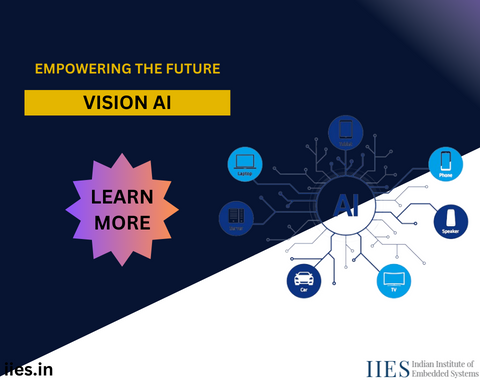1. Healthcare:
– Diagnostics and Imaging: Vision AI is transforming medical imaging by aiding in the early detection of diseases through the analysis of X-rays, MRIs, and CT scans.
– Assistive Technologies: In healthcare, Vision AI plays a pivotal role in developing assistive technologies for the visually impaired, enhancing their ability to navigate and comprehend their surroundings.
2. Retail and E-Commerce:-
– Visual Search: Vision AI powers visual search engines, allowing users to search for products using images rather than text, revolutionizing the online shopping experience.
– Inventory Management: Retailers employ Vision AI for efficient inventory tracking, reducing errors and streamlining supply chain operations.
3. Autonomous Vehicles:
– Object Recognition and Tracking: Vision AI is crucial for autonomous vehicles, enabling them to recognize and track objects such as pedestrians, other vehicles, and traffic signs.
– Enhanced Safety: Vision AI enhances safety in autonomous driving systems by providing real-time analysis of the vehicle's surroundings, enabling quick decision-making.
4. Manufacturing:
– Quality Control: Vision AI is employed in manufacturing for quality control, inspecting products for defects and ensuring adherence to predefined standards.
– Robotics Guidance: In robotic systems, Vision AI guides robots in tasks such as pick-and- place operations, enhancing precision and adaptability.
5. Security and Surveillance:
– Facial Recognition: Vision AI is used for facial recognition in security systems, providing an extra layer of authentication and enhancing surveillance capabilities.
– Anomaly Detection: In surveillance, Vision AI can detect unusual patterns or behaviors, triggering alerts for potential security threats.
6. Agriculture:
– Crop Monitoring: Vision AI aids in monitoring crop health by analyzing images captured by drones or sensors, helping farmers identify potential issues early on.
– Harvesting Automation: In agriculture, Vision AI facilitates automated harvesting processes by identifying ripe crops and guiding harvesting equipment.

